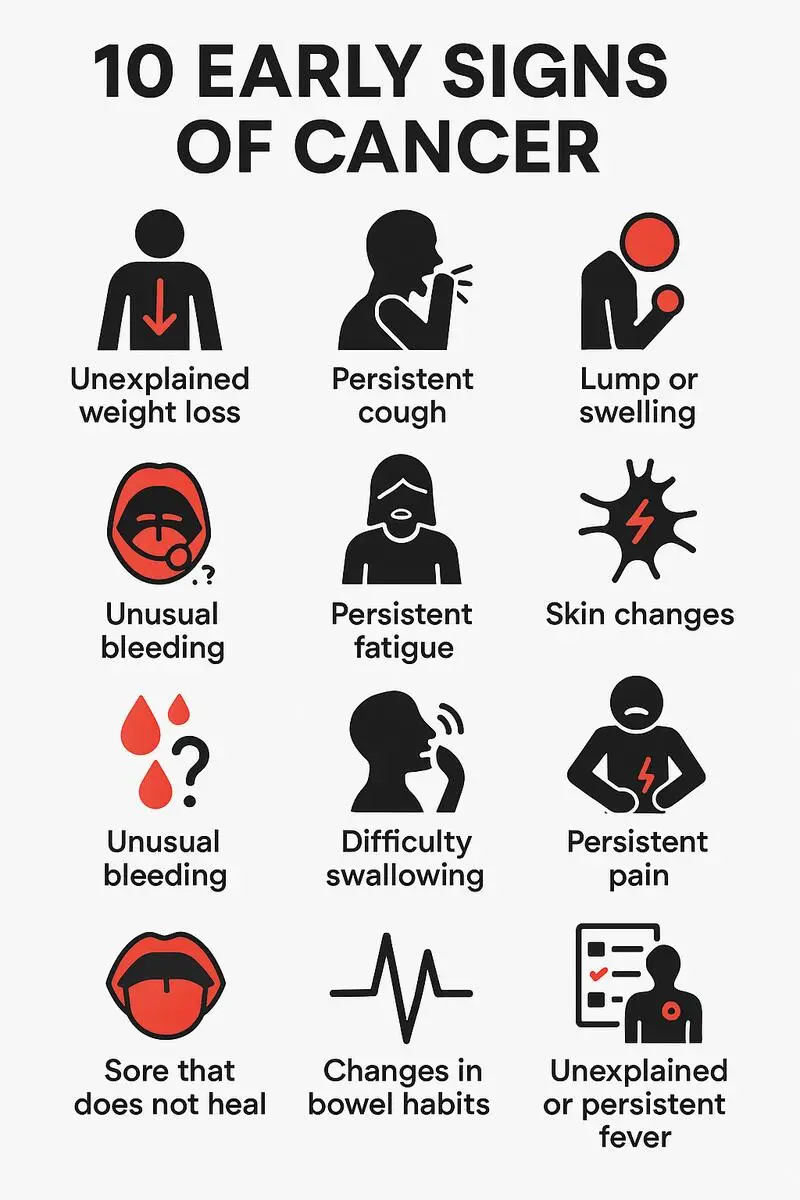- Published on: Aug 19, 2020
- 3 minute read
- By: Secondmedic Expert
Bacterial Symphony: The Hidden Conductor Of Health
Embark on a captivating odyssey into the intricacies of the human body, where the marvels of existence unfold in the microscopic realm of gut bacteria. Within the confines of your digestive system, a thriving community of microorganisms, collectively known as the gut microbiome, unveils its profound influence on overall health. As we navigate this unseen landscape, we uncover the pivotal role these bacteria play in processes ranging from digestion to cardiovascular well-being. The gut microbiome, a bustling metropolis within us, holds the key to unlocking the mysteries of optimal health. Join us on this enlightening journey as we delve into the symbiotic relationship between gut bacteria and the human body, unraveling the intricate web of connections that shape our well-being and redefine our understanding of the vital interplay between the microscopic and the macroscopic.
The Gut Microbiome and Its Influence on Well-being
The gut microbiome, a community of microorganisms in our digestive system, shapes overall well-being, influencing immunity, mental health, and disease development. Known as the "gut-brain axis," this interplay underscores the connection between digestive health and broader wellness. Nurturing a balanced microbiome through diet, including fiber and probiotics, holds promise for optimal health. This recognition marks a healthcare frontier, with personalized interventions targeting the gut microbiome offering potential benefits for physical and mental well-being.
The Gut-Health Nexus
Beyond its digestive functions, the gut is a thriving ecosystem, home to a diverse array of bacteria. Your gut microbiome, consisting of trillions of microorganisms, actively shapes various aspects of your health, from nutrient absorption to immune system modulation.
Pre and Probiotics
Nurturing a healthy balance of gut bacteria involves incorporating prebiotics and probiotics into your daily regimen. Prebiotics, abundant in foods like garlic and asparagus, serve as nourishment for beneficial bacteria. Probiotics, found in yogurt and kimchi, introduce live beneficial bacteria into the gut, enhancing its microbial diversity.
Online Doctor Consultation
-
In the digital age, seeking health advice has become more accessible with online doctor consultations.
-
Connecting with healthcare professionals online can provide personalized insights, including recommendations for maintaining a healthy gut.
The Interplay Between Gut Health and Specific Medical Conditions
The interplay between gut health and specific medical conditions is a burgeoning field. Scientific evidence underscores the intricate link between the gut microbiome and autoimmune, gastrointestinal, and mental health issues. Imbalances in gut bacteria are implicated in conditions like IBS, IBD, and metabolic disorders. Targeting the microbiome opens avenues for innovative treatments, highlighting the need for a holistic healthcare approach. Advancements in research may unlock interventions promoting gut health, crucial in managing and preventing various medical challenges
Blood Pressure
Surprisingly, the health of your gut can influence your blood pressure.
Imbalances in gut bacteria may contribute to hypertension, emphasizing the need for a holistic approach to heart health.
High Blood Pressure Disease
Explore the link between gut health and the development of high blood pressure disease.
The gut's impact on inflammation and blood vessel health may play a significant role in the pathogenesis of hypertension.
Preventive Measures and The Gut-Brain Axis
Understanding preventive measures and the intricate connections between gut health and brain function:
Cardiac Attack Symptoms
-
Recognize the subtle signals your body might be sending before a cardiac attack.
-
A comprehensive approach to health, which includes caring for your gut, can contribute to preventing cardiac issues.
Alzheimer's Disease
-
Investigate the evolving research on the connection between gut health and Alzheimer's disease.
-
Early studies suggest a potential link, underscoring the importance of a healthy gut for overall cognitive health.
Prioritizing Gut Health for a Holistic Lifestyle
Empowering you to take action for a healthier gut and, consequently, a healthier you:
Symptoms of Cardiac Problems
-
Familiarize yourself with symptoms that may indicate cardiac problems.
-
Actively engage in preventive measures, including maintaining gut health, to safeguard your heart.
Holistic Wellness
-
Embrace the convenience of online doctor consultation for a comprehensive health check.
-
Discussing gut health with a healthcare professional can provide personalized insights and guidance tailored to your unique needs.
Conclusion:
In summary, the gut, frequently underestimated in its importance, emerges as a stalwart guardian of our holistic well-being. By unraveling the nuanced interplay between gut bacteria and diverse health conditions, we empower ourselves to adopt proactive measures for a healthier lifestyle. Prioritizing gut health becomes paramount, urging us to integrate pre and probiotics into our diets as vital allies in nurturing the microbiome. Additionally, embracing a holistic approach to well-being, including online doctor consultations, proves instrumental in understanding and addressing potential health concerns. In acknowledging that the microscopic inhabitants within us hold the key to our vitality, we embark on a journey towards a healthier, happier life, recognizing that the intricate world of our gut is a gateway to unlocking the secrets of optimal well-being.
Read FAQs
A. The gut microbiome plays a crucial role in digestion, nutrient absorption, and immune system regulation. It helps break down complex substances, produces essential nutrients, and defends against harmful pathogens.
A. A healthy microbiome contributes to overall well-being by supporting digestion, enhancing nutrient absorption, and bolstering the immune system. It also influences mental health and may play a role in preventing various diseases.
A. Maintaining a diverse and balanced microbiome involves a diet rich in fiber, prebiotics, and probiotics. Avoiding excessive use of antibiotics, managing stress, and leading a healthy lifestyle contribute to the preservation of a flourishing gut microbiome.









